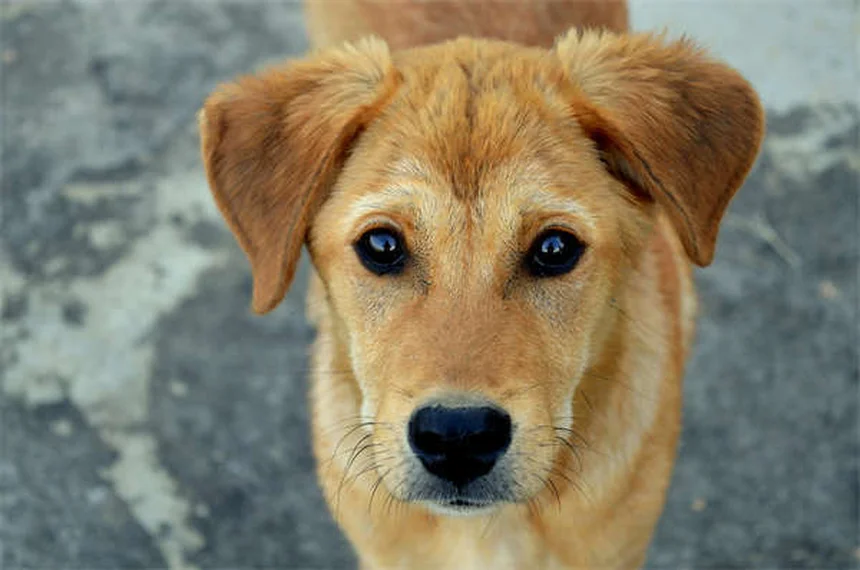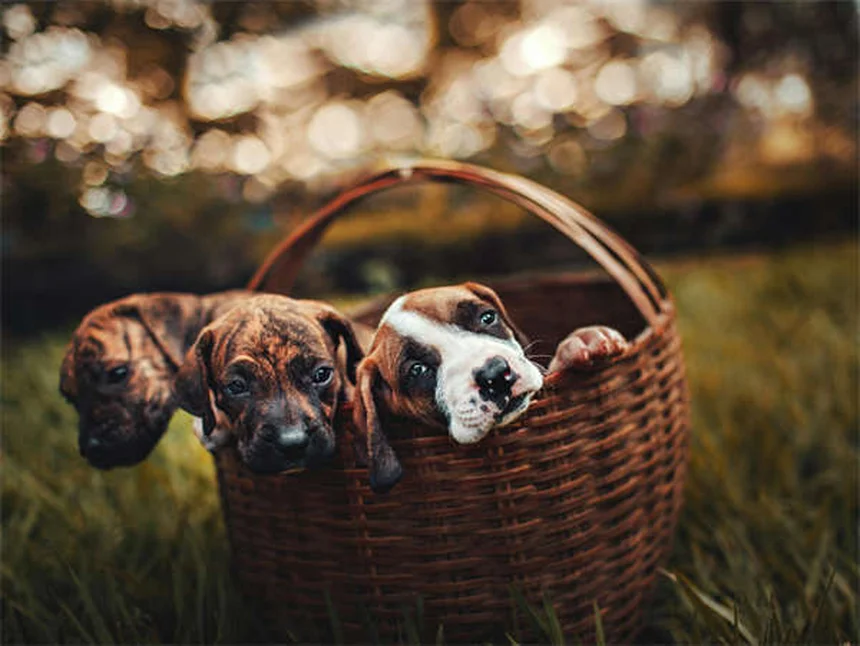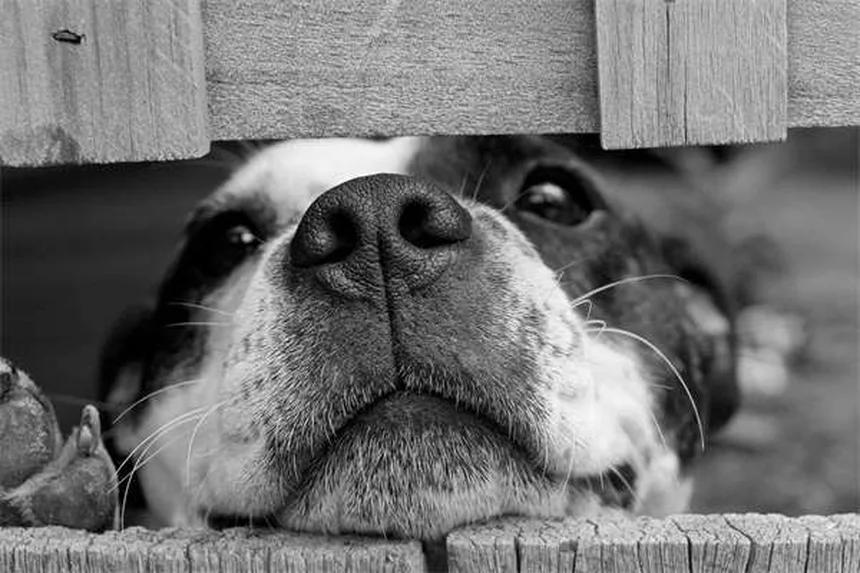Advertisement
Want to know what makes koi fish so special? These living jewels of the pond aren't just pretty faces - they're fascinating creatures with centuries of history and some surprising traits. The answer is simple: koi fish are more than just decorative pond dwellers - they're intelligent, long-lived companions that can bring years of joy to your backyard.I've been keeping koi for over a decade, and let me tell you, these fish will surprise you at every turn. From their incredible lifespans (we're talking decades!) to their mind-blowing price tags (some cost more than cars!), there's always something new to learn about these aquatic wonders.In this guide, we'll dive into everything from proper pond setup to those stunning color patterns that make each koi unique. Whether you're thinking about getting your first fish or you're a seasoned koi keeper, you'll discover why these creatures have captivated people for thousands of years.
E.g. :Yersinia in Chinchillas: Symptoms, Treatment & Prevention Tips
- 1、Meet the Colorful World of Koi Fish
- 2、The Secret Life of Pond Koi
- 3、Koi Fish: The Methuselahs of the Pond
- 4、The Price of Beauty: Koi Economics
- 5、The Koi Color Palette
- 6、Koi Growth: From Minnow to Monster
- 7、Koi Fish Personalities: More Than Just Pretty Faces
- 8、The Art of Koi Breeding
- 9、Koi in Culture and Symbolism
- 10、Koi Pond Design: Creating Paradise
- 11、Koi Health: Keeping Your Fish in Top Shape
- 12、FAQs
Meet the Colorful World of Koi Fish
Picture this: you're walking through a beautiful Japanese garden when suddenly - BAM! - your eyes lock onto the most vibrant, living rainbows you've ever seen. Those, my friend, are koi fish, and they're about to become your new obsession.
Cyprinus rubrofuscus might sound like a spell from Harry Potter, but it's actually the scientific name for these swimming masterpieces. For thousands of years, these fish have been turning ordinary ponds into underwater art galleries across Asia.
Why Koi Steal the Show
Ever seen a fish that makes you stop in your tracks? That's the koi effect. Their colors aren't just pretty - they're nature's way of saying "look at me!" From fiery reds to cool blues, each fish is like a unique fingerprint.
Here's a fun fact: the word "koi" actually comes from the Japanese word meaning "brocaded carp." Imagine wearing a fancy embroidered kimono - that's essentially what these fish are doing 24/7!
The Secret Life of Pond Koi
Home Sweet Pond
You might be thinking, "Don't these fancy fish need some high-tech aquarium?" Nope! Koi are the ultimate outdoor pets. While their wild cousins splash around in seas, domestic koi are perfectly happy in your backyard pond.
But here's the catch - size matters. A typical koi needs about 250 gallons of water. That's like giving each fish its own swimming pool! And if you're dreaming of those jumbo-sized show koi? Double that space to 500 gallons.
 Photos provided by pixabay
Photos provided by pixabay
Surviving the Seasons
Think you're tough? Koi laugh in the face of winter! When temperatures drop below 40°F, they enter what I call "fish hibernation" - slowing way down but still kicking (or should I say, finning?).
Here's a quick survival guide for your koi:
| Temperature | Koi Behavior | What You Should Do |
|---|---|---|
| 75-64°F | Happy and active | Enjoy the show! |
| 40-50°F | Slowing down | Reduce feeding |
| Below 40°F | Dormant | Stop feeding, consider a heater |
Koi Fish: The Methuselahs of the Pond
Living the Long Life
Want a pet that might outlive your grandkids? Meet the koi! While your goldfish might call it quits after a few years, koi regularly hit the 25-50 year mark. The current record holder? A whopping 226 years - that fish probably saw Napoleon!
But here's the million-dollar question: How do they live so long? The secret sauce is simple - clean water, good food, and regular checkups. Yes, fish doctors exist, and they're called aquatic veterinarians!
Keeping Your Koi Kicking
Imagine eating the same fast food every day for decades. Sounds awful, right? That's why quality koi food is crucial. These gourmet fish need specialized diets to keep their colors popping and their immune systems strong.
Pro tip: The American Association of Fish Veterinarians can help you find a fish doc near you. Because even underwater pets deserve great healthcare!
The Price of Beauty: Koi Economics
 Photos provided by pixabay
Photos provided by pixabay
Surviving the Seasons
Ready for some sticker shock? While you can snag a baby koi for less than your Starbucks budget ($8-$50), the sky's the limit for top-quality fish. The most expensive koi ever sold went for $1.8 million in 2017. That's more than most houses!
What makes one fish worth more than others? It's all about:
- Pedigree (fish family trees matter!)
- Color patterns (symmetry = $$$)
- Size (bigger isn't always better, but it's usually pricier)
- Breed (Kohaku, Sanke, and Showa are the Kardashians of koi)
Is an Expensive Koi Right for You?
Here's something to ponder: Should you splurge on a show-quality koi? Unless you're planning to enter fish beauty pageants, probably not. Many affordable koi are just as beautiful and much hardier - perfect for beginners!
The Koi Color Palette
More Colors Than a 64-Crayon Box
Think koi only come in orange? Think again! These living canvases showcase every color imaginable. The basic trio includes:
- Hi (that's red to you and me)
- Shiro (elegant white)
- Sumi (deep black)
But wait - there's more! Some koi rock metallic sheens that would make a Rolls Royce jealous. We call this flashy feature "gin rin," and it's like nature's glitter.
 Photos provided by pixabay
Photos provided by pixabay
Surviving the Seasons
Ever seen a fish with perfect polka dots? How about one with racing stripes? Koi patterns are so varied that there are actually 16 official classification groups. And breeders keep creating new designs faster than fashion trends!
Fun fact: There are over 100 recognized koi varieties. That's more options than at your local ice cream shop!
Koi Growth: From Minnow to Monster
Size Matters in the Koi World
Remember that tiny koi you could hold in your palm? Fast forward a few years, and it might be longer than your arm! While most top out around 14-18 inches, some varieties can reach an impressive 3 feet.
But here's something wild to consider: Do koi ever stop growing? Technically no - they're indeterminate growers, meaning they'll keep getting bigger (though slower) their whole lives. That's why planning your pond size is so important!
The Space They Need to Shine
Imagine living in a closet your whole life. Sounds cramped, right? That's how a koi feels in an undersized pond. The general rule is 250 gallons per fish, but go bigger if you can. Happy fish = more vibrant colors and better health!
Pro tip: If you're keeping jumbo koi or breeding females, bump that up to 500 gallons each. Your fish will thank you with years of beautiful swimming!
Koi Fish Personalities: More Than Just Pretty Faces
Fish With Character
You might think fish just swim around mindlessly, but koi will prove you wrong! These intelligent creatures recognize their owners and can even be trained to eat from your hand. Some develop such strong personalities that they get names like "Grumpy Gus" or "Speedy Sally."
I've seen koi that splash water at specific times for food, others that follow children along the pond's edge, and some that play hide-and-seek among the plants. They're basically the golden retrievers of the fish world - always happy to see you and ready for interaction!
Social Butterflies of the Pond
Ever noticed how koi often swim together in synchronized patterns? That's not just random - they actually form social hierarchies and relationships. The dominant fish typically leads the group, while others fall into line behind.
Here's something fascinating: when introducing new koi to an established group, you'll often see a period of "getting to know you" behavior. They'll circle each other, sometimes give gentle nudges, and eventually settle into their new social order. It's like watching middle school cliques form, but underwater!
The Art of Koi Breeding
Nature's Lottery
Breeding koi is like opening a box of chocolates - you never know what you're gonna get! Even with two beautifully patterned parents, their offspring might surprise you with completely different colors and markings. That's part of the excitement!
Professional breeders spend years studying genetics to predict outcomes, but there's always an element of chance. Some baby koi (called "fry") start out dull-colored, then transform into stunning adults. Others begin bright but fade over time. It's this unpredictability that makes breeding such an adventure!
The Waiting Game
Patience is key in koi breeding. From spawning to seeing the final colors develop can take 2-3 years! During this time, breeders carefully monitor water quality, nutrition, and growth rates.
Here's a comparison of what to expect at different stages:
| Age | Size | Color Development | Care Requirements |
|---|---|---|---|
| 0-3 months | 1-2 inches | Mostly dull colors | Special fry food, frequent feedings |
| 3-12 months | 3-6 inches | Colors beginning to show | Graduated to adult food, less frequent feedings |
| 1-2 years | 6-12 inches | Colors intensifying | Standard koi care, watch for pattern development |
| 2+ years | 12+ inches | Final colors established | Maintenance care, potential breeding |
Koi in Culture and Symbolism
More Than Just Fish
In Japan, koi aren't just pets - they're living symbols of perseverance and good fortune. The legend says that if a koi successfully swims upstream and leaps over the Dragon Gate waterfall, it transforms into a dragon. Now that's what I call a glow-up!
This story inspires many people facing challenges. I've met cancer survivors who keep koi as reminders of their own strength, and students who watch them while studying for tough exams. There's something magical about watching these determined swimmers never give up!
Koi in Art and Design
From tattoos to textiles, koi patterns appear everywhere in Asian-inspired art. Their flowing shapes and vibrant colors make perfect subjects for creative expression.
Did you know some artists specialize in koi portraits? They'll study your actual fish for hours to capture every scale and color shift perfectly. Talk about dedication! Other designers use koi motifs in everything from wallpaper patterns to jewelry designs.
Koi Pond Design: Creating Paradise
More Than Just a Hole With Water
A well-designed koi pond is like a five-star resort for your fish. It needs proper filtration, aeration, and plenty of hiding spots. The best ponds mimic natural environments with varying depths - shallow areas for basking and deeper sections for winter survival.
Landscaping around the pond matters too! Plants help filter water naturally and provide shade. I recommend including marginal plants at the edges and floating plants like water lilies. Just be careful about plants that might be toxic to koi if nibbled!
Technology Meets Tradition
Modern koi ponds often include high-tech features our grandparents never imagined. UV clarifiers keep water crystal clear, automatic feeders maintain perfect nutrition when you're away, and pond cameras let you check on your fish from your phone!
But don't forget the traditional elements that make koi ponds special. A small waterfall or fountain adds soothing sounds and extra oxygenation. Natural stone edges create beautiful borders while providing surfaces for beneficial bacteria to grow. The perfect pond blends old and new!
Koi Health: Keeping Your Fish in Top Shape
Reading the Signs
Healthy koi are active with upright fins and bright colors. But when something's wrong, they'll show you - flashing against objects, gasping at the surface, or developing unusual spots. Catching problems early makes all the difference!
I recommend doing daily "fish checks" where you observe each koi's behavior. Keep a simple log if needed. You'll quickly learn what's normal for your fish and spot changes immediately. It's like being a fish detective!
Common Health Issues
Even with perfect care, koi can face health challenges. Parasites, bacterial infections, and water quality issues are most common. The good news? Most problems are preventable with proper maintenance and quick action when symptoms appear.
Here's a koi health tip that might surprise you: quarantine new fish for at least 2-4 weeks before adding them to your main pond. This prevents introducing illnesses to your established community. Think of it like a fish version of checking for chicken pox before a playdate!
E.g. :15 Fun Koi Fish Facts — Koi Story
FAQs
Q: How long do koi fish typically live?
A: Here's something that'll blow your mind - koi fish can easily outlive your dog, cat, and maybe even your marriage! On average, these aquatic marvels live 25-50 years with proper care. But get this - the oldest recorded koi lived to a jaw-dropping 226 years! That means if you get a koi today, your grandkids might be taking care of it. The secret to their longevity? It's all about clean water, quality food, and regular checkups with an aquatic vet. I always tell new owners - think of koi as the tortoises of the fish world!
Q: What size pond do koi fish need?
A: Listen up, because this is crucial - koi aren't goldfish, and they need serious space to thrive. The golden rule? 250 gallons per fish minimum, but if you want those jumbo show-quality koi, bump it up to 500 gallons each. I made the mistake of starting with a small pond years ago, and let me tell you - watching your fish outgrow their home is no fun. Depth matters too - aim for at least 3 feet, with 8 feet being ideal for temperature regulation. Remember, happy koi = vibrant colors and fewer health issues. It's like real estate - location (and size) is everything!
Q: Can koi fish survive winter outdoors?
A: You bet they can - these fish are tougher than they look! When temperatures drop below 40°F, koi enter what I call "fish hibernation" - their metabolism slows way down. The key is making sure your pond doesn't freeze completely solid. Here's my winter survival checklist: keep part of the surface ice-free (try a pond heater or aerator), stop feeding when water hits 50°F, and make sure the pond is deep enough (at least 18-24 inches below the freeze line). I've had koi survive Chicago winters with these simple steps. Just don't be alarmed if they stop swimming around - they're basically taking a long winter's nap!
Q: Why are some koi fish so expensive?
A: Hold onto your wallet - some koi prices will make your eyes water! While you can find cute little guys for $20, top-quality show koi can cost more than a luxury car. The record? A staggering $1.8 million! What makes them so pricey? It's all about lineage, color patterns, and symmetry. The Kohaku variety (white with red patterns) is particularly prized when the colors are perfectly balanced. Think of it like buying a masterpiece painting - you're paying for the breeder's years of expertise in creating these living artworks. My advice? Unless you're entering competitions, those $50 koi can be just as rewarding!
Q: How big do koi fish get?
A: That tiny 3-inch koi at the store? It might grow longer than your arm! While most domestic koi reach 14-18 inches, some varieties can stretch to an impressive 3 feet. Here's the crazy part - koi never truly stop growing, they just slow down as they age. That's why planning your pond size is so important. I've seen too many "oops" situations where owners didn't realize how massive their fish would get. Pro tip: If you're buying young koi, always ask about the expected adult size of that particular variety. Your future self (and your fish) will thank you!







